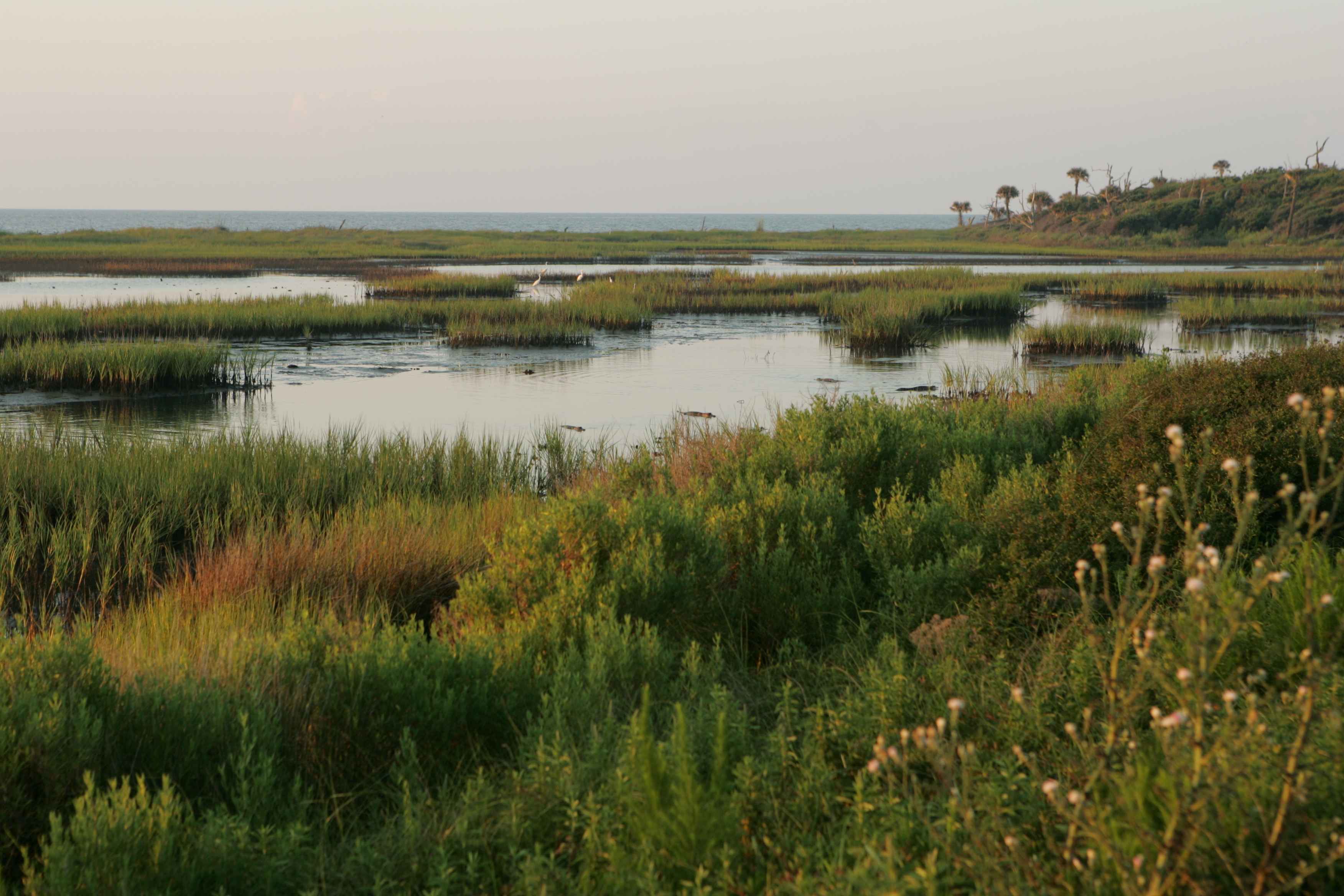
Two weeks in a peat-filled marshland doesn’t sound like the dream vacation, but for Aaron Todd, who works in the monitoring and reporting branch of the Ontario Ministry of the Environment and Climate Change, this trip is of vital importance.
He is part of a team setting up a carbon-monitoring station in Polar Bear Provincial Park, which is surrounded by large carbon stores of peat (decayed plant matter) frozen in permafrost. Each year, as the planet becomes warmer, the permafrost melts sooner, faster and in greater amounts, releasing that carbon trapped in the frozen peat into the atmosphere.
It is a potentially destructive cycle, for both the local Indigenous people and the world.
Chris Charron, a colleague of Todd, attended a climate summit held by Mushegowuk Council in Timmins, Ontario, and was sobered by what he heard, according to Todd.
“Elders from several different communities spoke of the changes they are witnessing to the land, to the water, and to the wildlife. Many felt that the earth was sick.”
